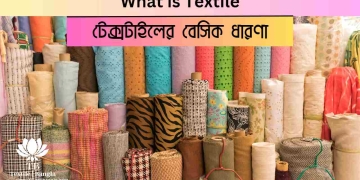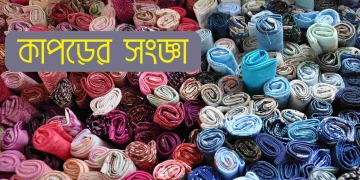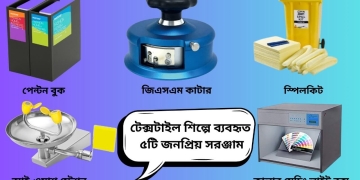Gsm stands for grams per square meter. It is a metric measurement used to determine the weight and thickness of textile fabrics. The heavier the fabric, the higher the gsm number will be.
For example, a light cotton shirt might have a gsm of around 100, while a heavy wool coat could have a gsm of 400 or more.
GSM stands for grams per square meter and is a measure of the density of the fabric. The higher the GSM number, the denser the fabric. Fabric with a high GSM is usually thicker and more substantial, while lower GSMs are often thinner and more delicate.
There are all sorts of fabrics out there with all sorts of different GSM values, so it’s important to know what you’re looking for before you start shopping. For example, a summer dress might be made from a light cotton fabric with a low GSM, while a winter coat would be made from something much denser like wool or cashmere with a high GSM. Knowing the GSM of your fabric can also help you determine how much it will cost.
In general, the higher the GSM, the more expensive the fabric will be. So if you’re on a budget, look for fabrics with lower GSMs. If you’re not sure what sort of fabric you need for your project, consult with a professional or do some research online.
There are lots of great resources out there that can help you figure out which fabric is right for your needs!
What is the Gsm of 100% Cotton Fabric?
The “GSM” refers to the grams per square meter. This is a metric measurement that tells you how much fabric weighs in a given area. For example, if a piece of fabric has a GSM of 100, that means it weighs 100 grams for every square meter.
So what does this have to do with cotton? Well, different types of fabrics can have different GSMs. For instance, silk is going to be much lighter than wool.
And as you might expect, 100% cotton fabrics tend to have a fairly high GSM. How high? That depends on the specific type of cotton fabric and what it’s being used for.
Generally speaking, though, you can expect a 100% cotton fabric to have a GSM somewhere between 180 and 300. Why is this important to know? Well, the GSM can give you an idea of how heavy or light the fabric is going to be.
It’s also a good indicator of quality – thicker fabrics usually mean better quality (though there are always exceptions). So if you’re looking for a durable, high-quality cotton fabric, aim for something with a higher GSM.
Which Gsm Fabric is Good
There are many different types of GSM fabrics available on the market, so it can be tough to know which one is best for your project. Here is a quick guide to help you choose the right GSM fabric for your needs. If you need a strong and durable fabric, then a high-GSM fabric is ideal.
These fabrics are typically used for heavy-duty projects like upholstery or outdoor gear. A good rule of thumb is that the higher the GSM number, the stronger the fabric will be. If you need a softer and more lightweight fabric, then a low-GSM fabric is what you’re looking for.
These fabrics are often used for garments or other projects where a little bit of giving is needed. Keep in mind that low-GSM fabrics may not be as strong as their high-GSM counterparts. Finally, if you’re not sure what GSM level you need, then medium-weight fabrics are usually a safe bet.
These fabrics strike a balance between strength and durability without being too heavy or bulky.
Conclusion
GSM stands for grams per square meter and is a measure of the weight and thickness of the fabric. The higher the GSM number, the thicker and heavier the fabric will be. Fabric with a high GSM is usually reserved for winter clothing like coats and jackets, while lower GSM fabrics are more often used for summer garments like shirts and dresses.

























Best